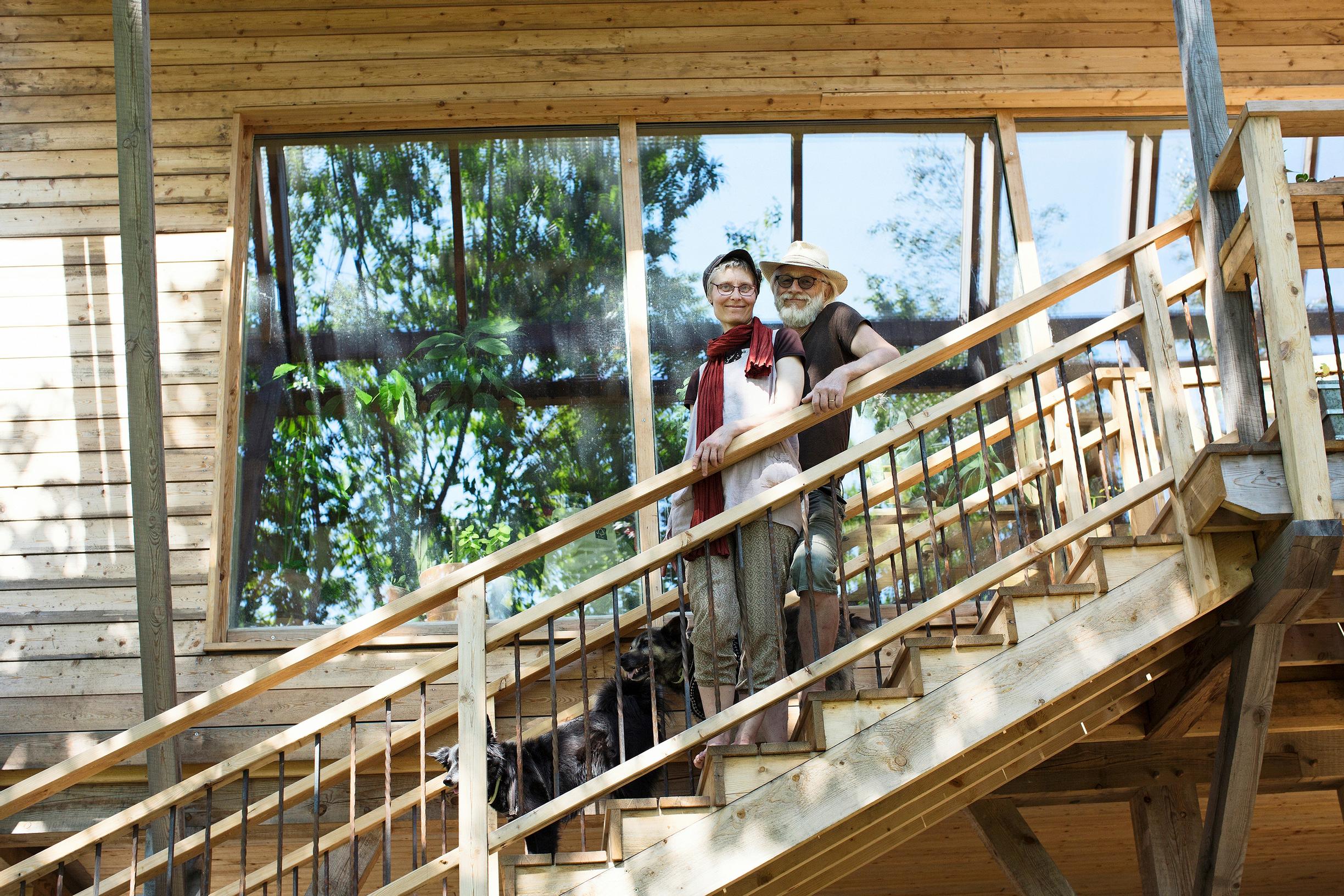
Marja and Erkki strive for self-sufficiency and off-grid living: “We run the washing machine on windy days”
Marja Nuora and Erkki Pöytäniemi live on a smallholding of just over ten hectares, aiming to be as self-sufficient and sustainable as possible through off-grid living. Their eco-friendly straw-clay house was largely built by hand. They rely on rooftop solar panels and their own wind turbine for electricity—an off-grid solar power solution that doesn’t always cover their needs around the clock.
The lights will go out soon. Surely not yet? Well, there they go. It’s time to fetch the tealights and candles for the rest of the evening. This is part of the unpredictability that comes with off-grid living.
On windless midwinter days at Marja Nuora and Erkki Pöytäniemi’s home in Karjalohja, Finland, electricity is only available for part of the day. Their house, finished a couple of years ago, isn’t connected to the grid at all because they want to live as self-sufficiently and sustainably as possible.
They produce energy with their own solar panels on the roof and a wind turbine on the hill behind the house.
“November, December, and January are when electricity is most scarce. The solar panels barely help. If the wind blows at six or seven meters per second, we get just enough electricity for our daily needs,” Erkki says.
Even on windy winter days, there’s never enough electricity to squander, so it must be used sparingly.
“We have to remember to turn on only the lights we really need, and preferably the smallest, most energy-efficient bulbs,” Marja says.
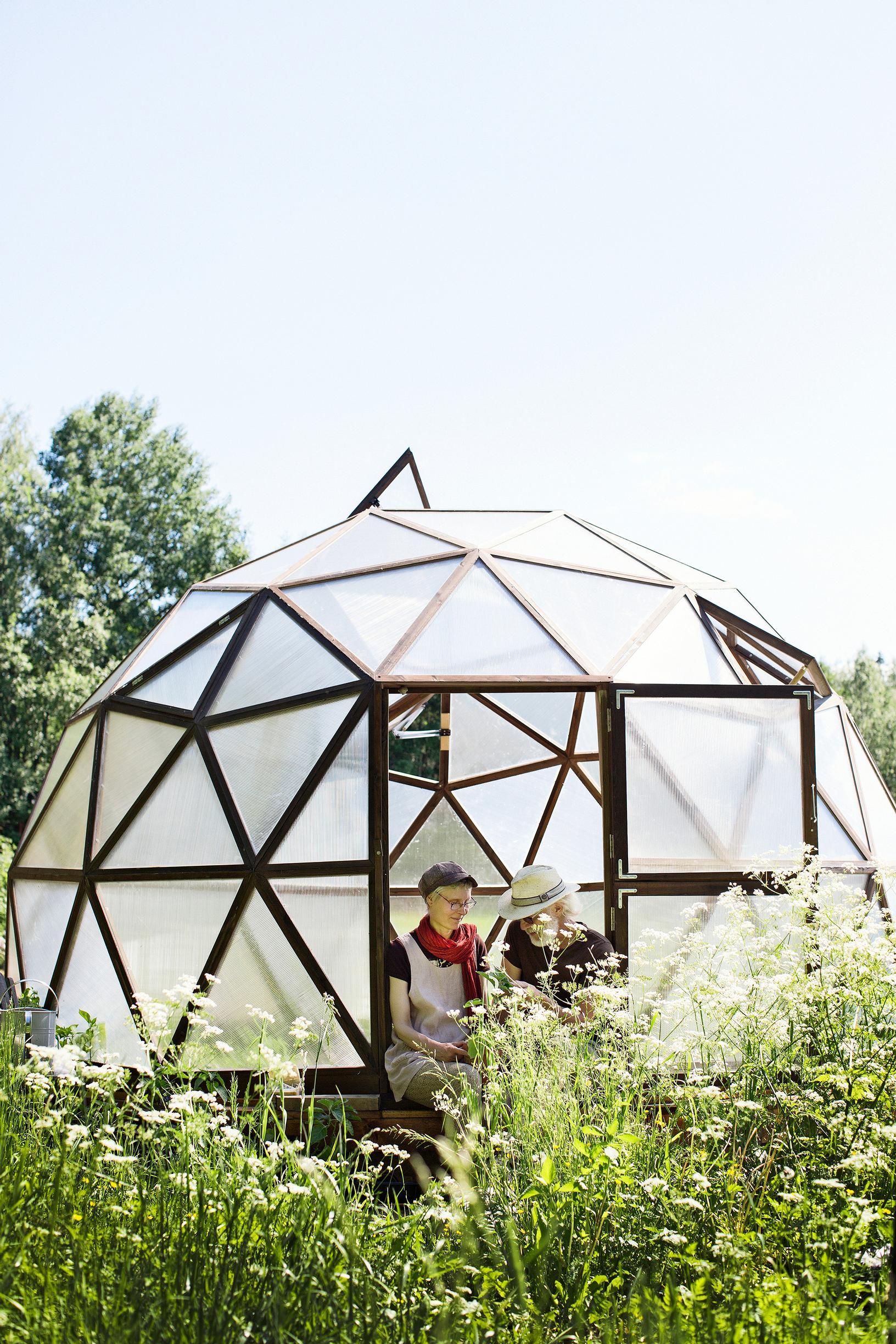
They can’t use a dishwasher or electric kettle in winter. They heat water for dishes and coffee on the wood-burning stove in the kitchen, which is also where they cook, since the home doesn’t have an electric oven.
They do have a fridge, but on winter nights without electricity, it warms up a bit too much. Luckily, the porch and the pantry built onto the kitchen’s outer wall stay cool enough for items that need refrigeration.
“We run the washing machine on windy days,” Marja says.
For urgent needs, a small gasoline-powered generator provides electricity. It runs for a couple of hours on winter mornings to supply the essentials.
Erkki runs an organic export business from home, so he needs to keep his computer battery charged.
“We could have installed a larger generator for all our electricity needs, but we didn’t see the point. We might as well have joined the grid in that case. The generator is clearly just a backup,” Erkki explains.
In summer, electricity is plentiful. The robot vacuum handles cleaning, lights can be left on, and the dishwasher and electric kettle are back in use. Cooking is done on a small induction hotplate.
“In summer, we tend to use electricity quite freely,” Marja says.
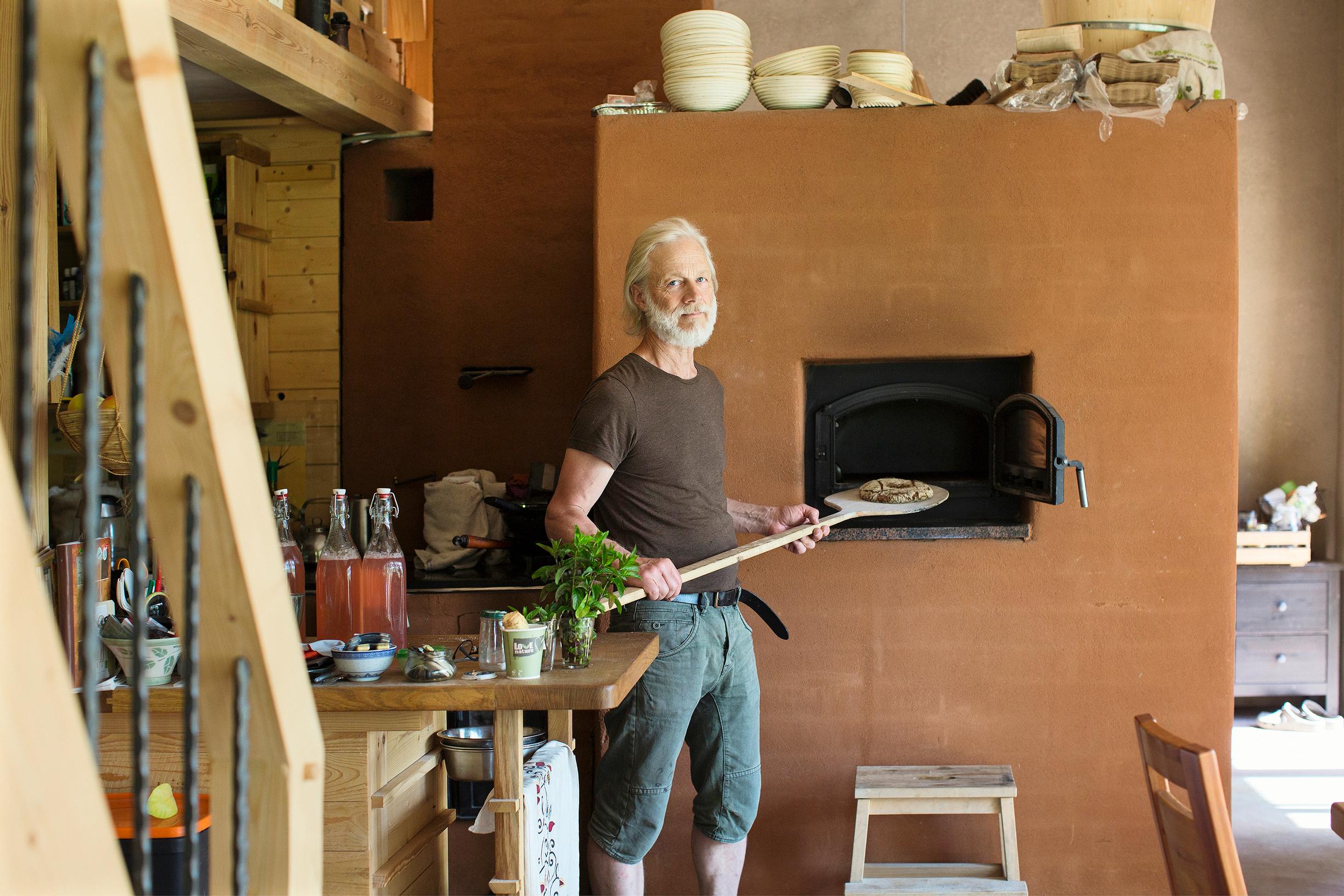
The large baking oven can hold ten rye loaves at once.
“I often bake 20–30 loaves in one go, and it can last from afternoon well into the night. Sometimes I sell the extras to friends and neighbors,” Erkki says.
He grinds the flour himself in a small electric mill using organic rye grains from a nearby farm.
Erkki and Marja also strive for maximum self-sufficiency in food. Their home is on a small farm of just over ten hectares. Most of the fields are rented out to a local organic farmer.
In their yard, they grow summer vegetables like kale, zucchini, lettuce, and Swiss chard. The greenhouse has eggplants, tomatoes, chilies, and grapes. The apple trees and berry bushes are already producing a small harvest.
A small section of the field has been cleared for potatoes. Each year, they plan to expand further.
“We believe our diet should be based on what we can produce ourselves. Even local food isn’t always grown in an environmentally sound way. Everyone should take at least a bit of responsibility for their own food,” Marja says.
In the yard, they’ve planted several nut tree varieties. In the forest, Erkki grows shiitake mushrooms on about 1,500 logs. He also keeps bees.
“We’re totally self-sufficient in shiitakes and honey, with plenty to sell,” Erkki says.

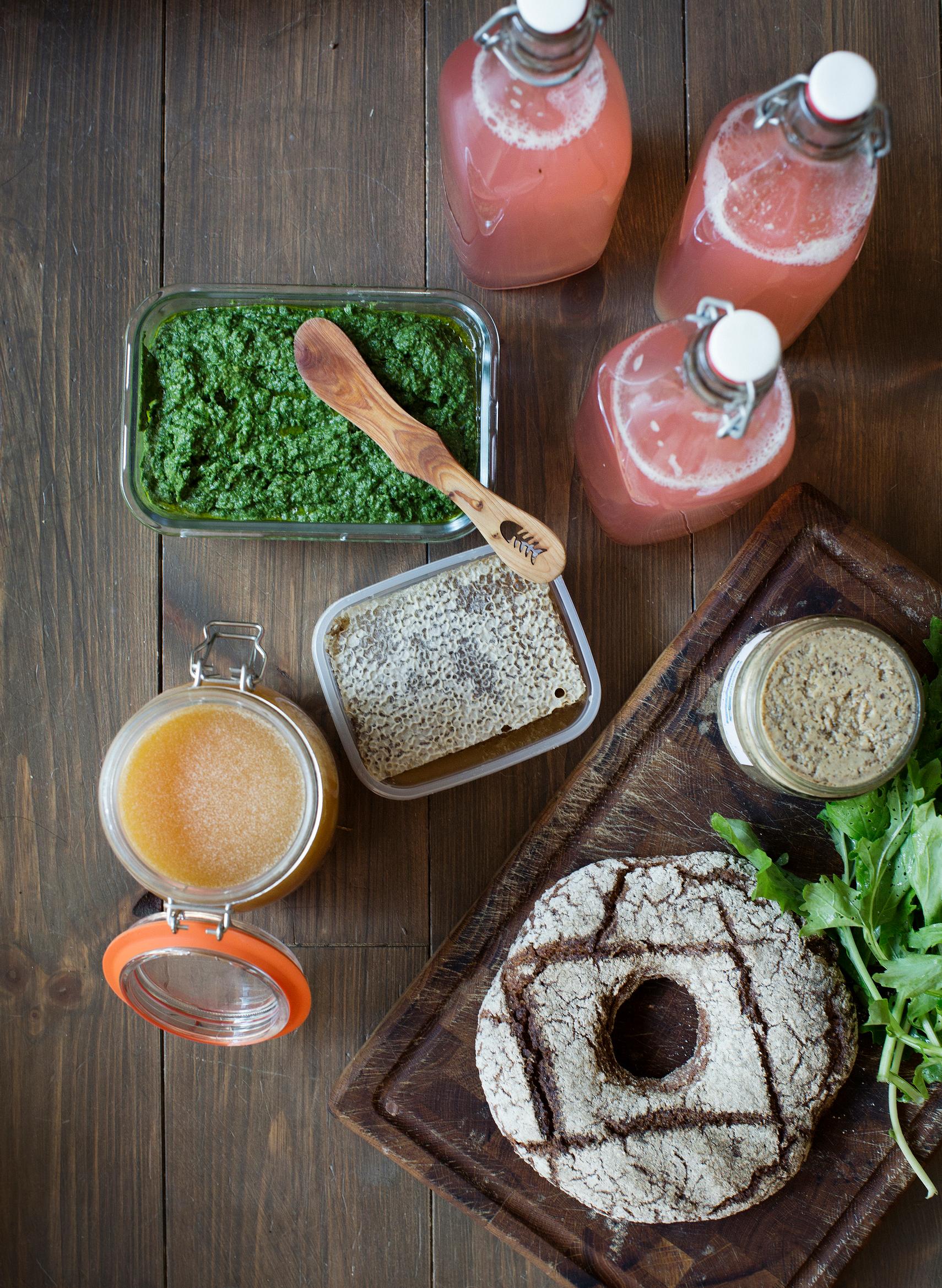
For meals, the couple often prepares salads or pan-fried vegetables with mushrooms or nettles.
They buy coffee, oil, salt, sugar, and plenty of vegetables in winter because they don’t yet have proper storage for their own crops. A root cellar is being built.
“Marja buys bananas, and I buy cheese and yogurt,” Erkki says.
He’s developed a mushroom pâté to replace cheese.
“Instead of a spread, I use homemade nettle pesto loaded with garlic, then I add slices of shiitake pâté. It’s so flavorful that I don’t really miss Emmental,” he says.
They rarely eat meat, and if they do, they prefer local organic products. However, the dogs still get their ground meat from the store.
“Sometimes I tease Marja that the dogs are an environmental disaster,” Erkki jokes.
They admit that reaching total food self-sufficiency is difficult, and they aren’t there yet. They follow permaculture principles, avoiding fertilizers, pesticides, or heavy machinery, so they aren’t reliant on fuel. Their permaculture off-grid homestead also focuses on minimizing reliance on external resources.
Expanding the fields or growing grain on a larger scale by hand would be very challenging.
“We’ve dreamed that if we wanted to cultivate larger areas, we could get a horse. But then we’d have to produce its feed as well,” Marja says.
“If the house is ever left unoccupied, there won’t be much of it left, because nearly all the materials are biodegradable.”
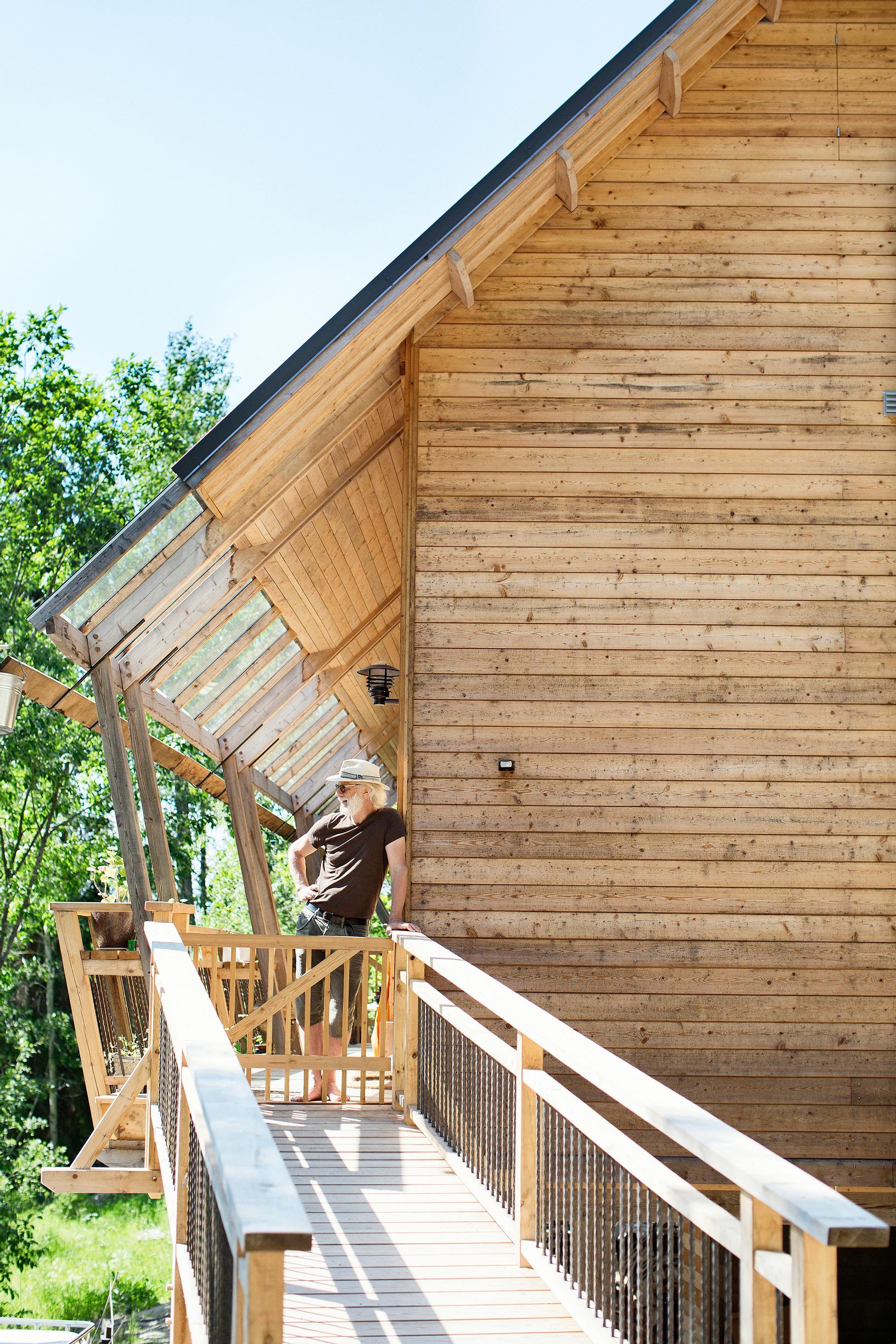
The walls are plastered with clay from their own land. From a distance, the surface almost looks like concrete. The entire house is built without plastics or unnecessary chemicals, mainly using natural materials.
The frame is wood, insulated with organic rye straw bales from another farm, then plastered on both sides with multiple layers of clay. Wooden boards cover the exterior.
“Our first priority was ecological construction. We considered a log house, but chose straw-clay for better indoor air quality,” Marja says.
Another reason was that we couldn’t have built a log house ourselves, but we were able to do much of this house with our own hands.
Marja and Erkki researched all the materials to ensure they were natural. Erkki built the kitchen cabinets himself because store-bought versions often contain glued laminate.
“If this house ever stands empty, there won’t be much left, since almost all the materials are biodegradable,” Marja points out.
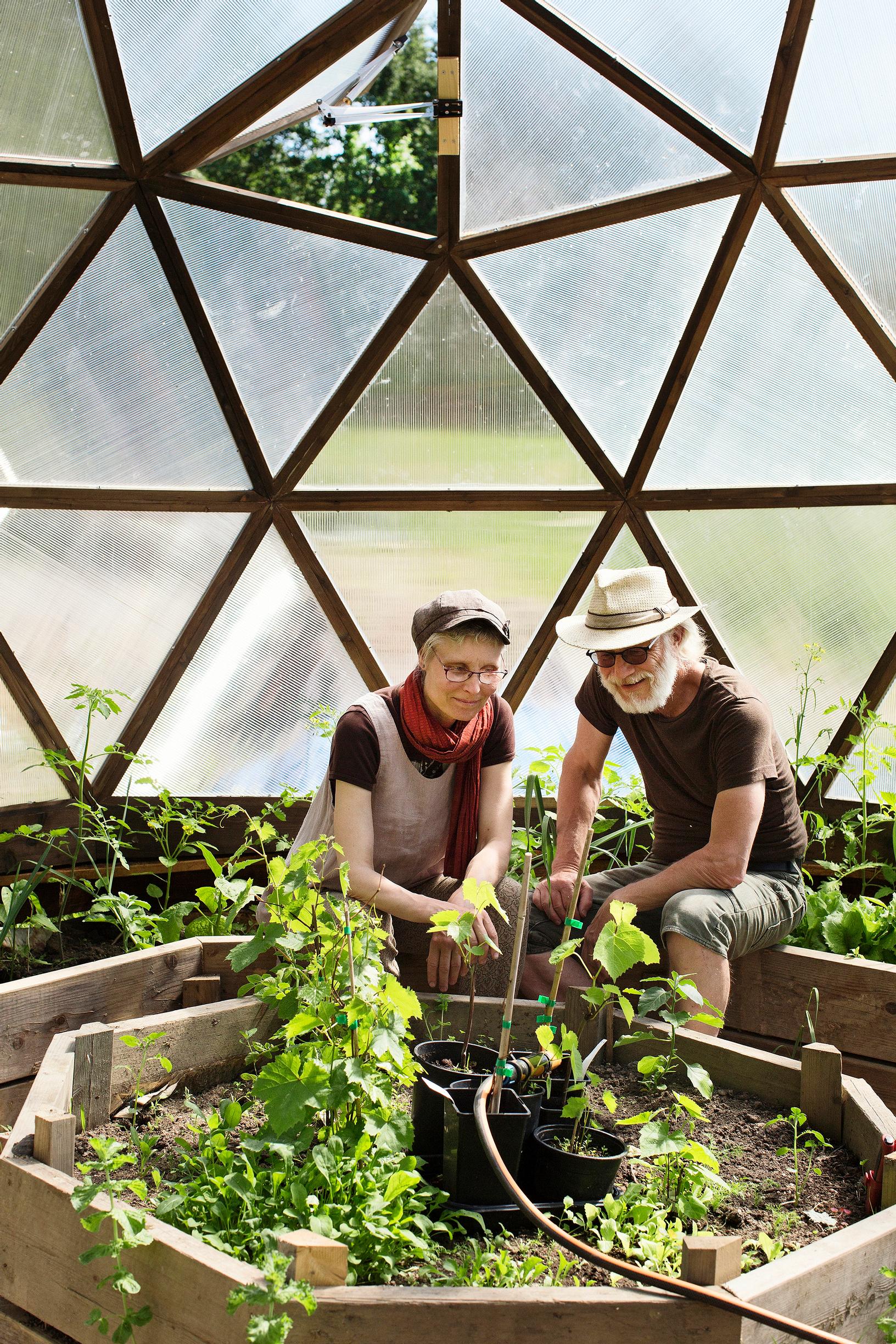
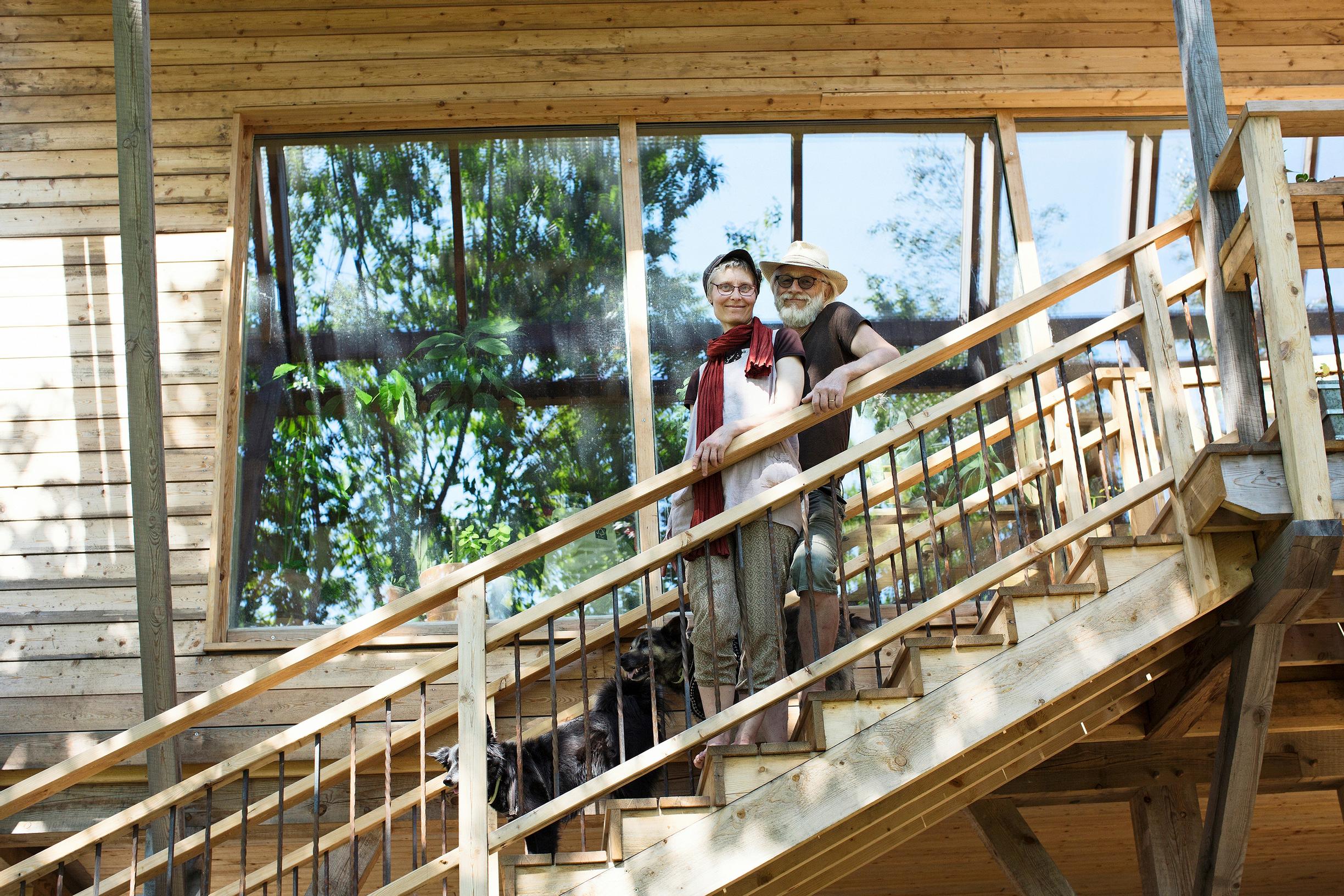
Six years ago, Marja and Erkki were living in an apartment building in Espoo. Their youngest child was about to move out.
They both worked for the family’s organic export company at the time, but Marja was burned out and looking for a change.
“I’ve always wanted to live in the countryside. I longed for a more self-sufficient and sustainable lifestyle, which would have been difficult in an apartment.”
Erkki had also dreamed of small-scale farming.
“Nothing was keeping us in the city,” he says.
While they were building their home, Marja studied landscape design specializing in permaculture. Today, she works as a landscape design entrepreneur.
The only thing they miss from city life is being closer to their children and grandchildren, but fortunately Helsinki is only an hour’s drive away.
“Sometimes the darkness gets to me more than it does Erkki. Now that I have an office in town, I’m not so stressed if the power goes out at home. I know I can work at my office,” Marja says.
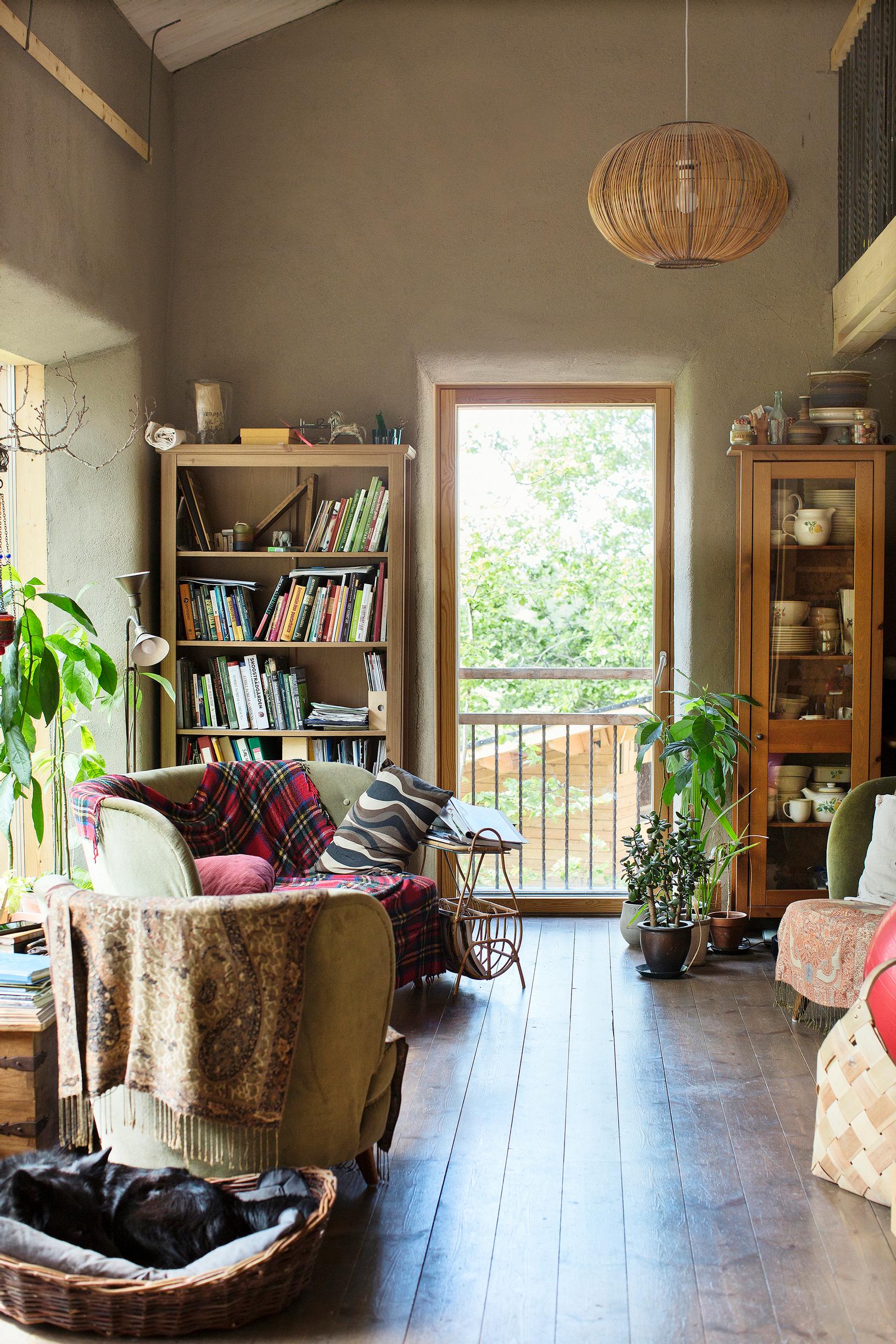
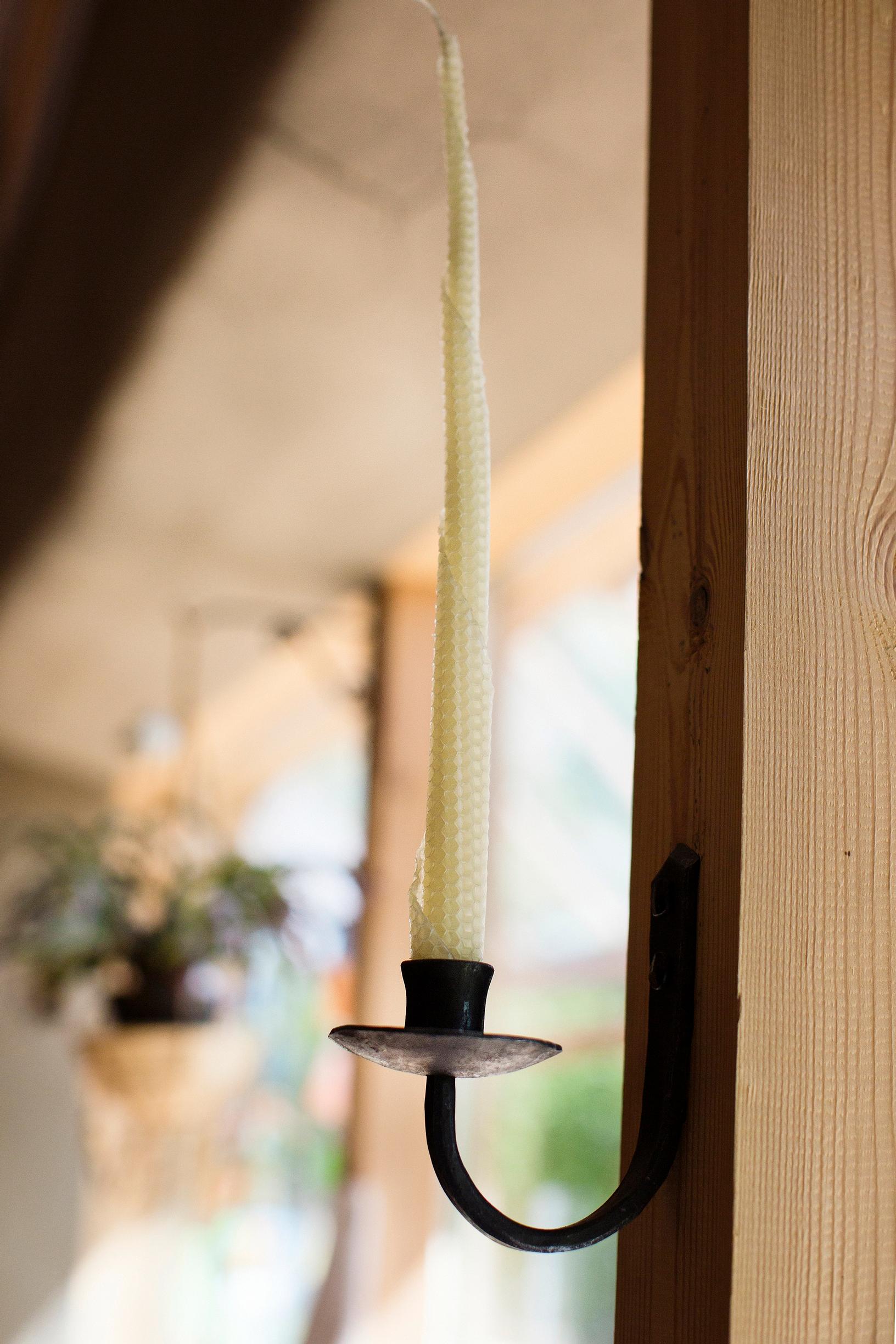
They both enjoy being close to nature and staying busy outdoors. Erkki’s favorite place is the forest, while Marja prefers the couch, gazing out the window at the ever-changing scenery.
This new lifestyle feels just right. For Marja and Erkki, this eco-friendly off-grid lifestyle fully aligns with their commitment to sustainability.
“We didn’t choose this path because we fear a looming disaster, but because we think we need to find more sustainable ways to live. We have to slow climate change and also adapt to the fact that it’s already happening,” Erkki says.


